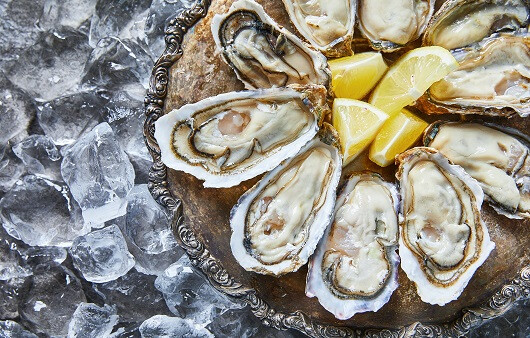
The results of the recently published Korea National Health and Nutrition Examination Survey have once again brought the issue of nutritional imbalance in our society to the forefront. The fact that zinc intake among two distinct age groups—men aged 75 and older and women aged 13-15—is only 70% of the recommended daily allowance seems to be a problem that requires social attention, not just a matter of individual eating habits. Zinc is an essential trace mineral for the human body, involved in a wide range of physiological functions, including reproductive function, immunity, metabolism, and maintaining a sense of taste. The deficiency of such a crucial nutrient can lower the quality of life and lead to health problems.
Inadequate zinc intake in older men can be explained by several factors. A decline in taste function due to aging can lead to a loss of appetite and a reduction in food intake. Furthermore, weakened digestive function, which lowers the absorption rate of nutrients, is another contributing factor. For socially isolated seniors, it can be difficult to maintain regular meals, which is likely to worsen nutritional imbalances.
On the other hand, adolescent women aged 13-15 tend to attempt extreme diets due to pressure to manage their appearance. This period is a time of rapid growth, requiring more nutrients than ever, yet extreme dietary restrictions lead to a lack of zinc, an essential nutrient. This can cause serious problems such as delayed growth, weakened immunity, and hormonal imbalances.
To address the lack of zinc intake, experts prioritize dietary improvement. The most effective method is to consume a balanced diet rich in zinc-rich foods. Raw oysters, red crab, and pumpkin seeds are excellent sources as they have a very high zinc content. However, it is not advisable to excessively consume specific foods. While red meat is a major source of zinc, overconsumption can lead to excessive fat and calories. Therefore, it is important to maintain a balance by incorporating low-fat seafood, legumes, nuts, and eggs.
Here are some representative foods with a high zinc content (per 100g):
Oysters/Mussels: 10.6mg
Red Crab: 10.3mg
Pumpkin Seeds: 9.4mg
Yellow Soybeans: 2.7mg
Eggs: 1.3mg
The government and health authorities should strengthen nutrition education and dietary guidelines for these two age groups. In particular, nutritional support programs for seniors and proper eating habit education for adolescents are needed. Policy efforts that provide information and improve accessibility to offer practical help should be implemented. Zinc deficiency is easy to overlook because its symptoms are not immediately obvious, but in the long run, it is a 'hidden threat' that endangers the health of our society. Now is the time to face this problem and seek active solutions.
[Copyright (c) Global Economic Times. All Rights Reserved.]






























